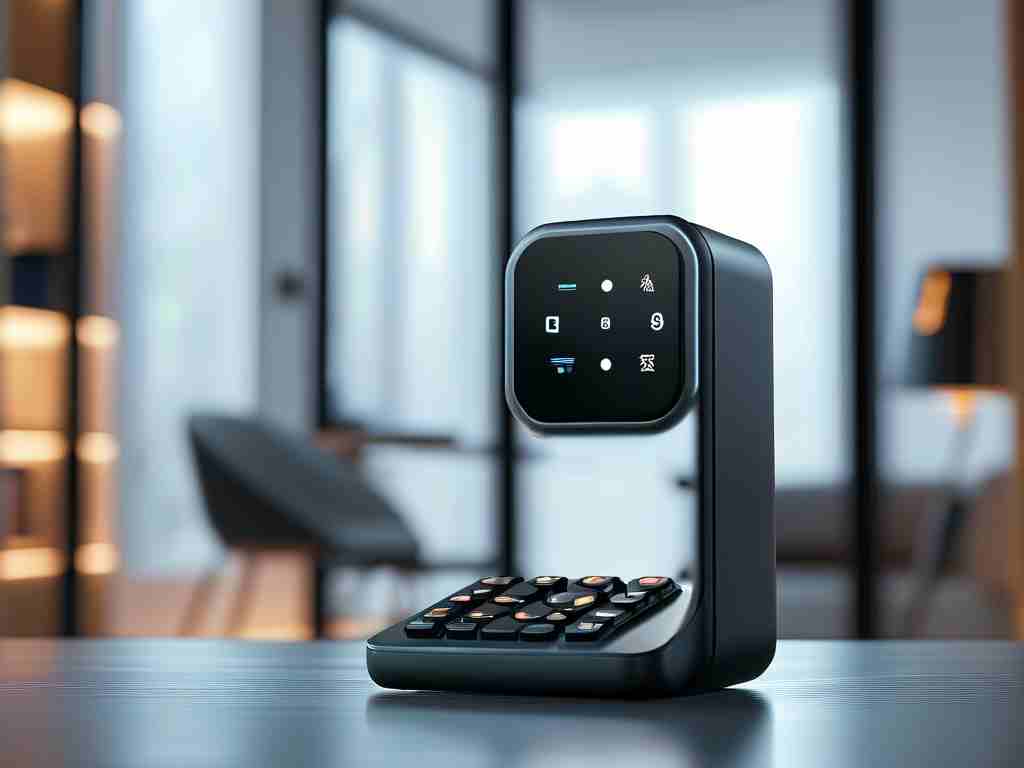In modern embedded systems development, button interface design remains a fundamental yet challenging aspect. While touchscreens and voice controls gain popularity, physical buttons continue to dominate industrial controls, automotive interfaces, and medical devices due to their tactile feedback and reliability. This article explores advanced methodologies for implementing robust button interactions in resource-constrained environments.

Hardware Considerations
Effective button integration starts with circuit design. A typical matrix arrangement reduces GPIO consumption – for example, a 4x4 matrix can handle 16 buttons using 8 pins. Engineers must balance pull-up/pull-down resistor values (usually 1KΩ-10KΩ) with power consumption requirements. Debounce circuitry deserves special attention; while 0.1μF capacitors work for basic filtering, analog components like Schmitt triggers provide cleaner signals in electrically noisy environments.
Firmware Architecture
The real challenge emerges in software implementation. A state machine approach proves superior to simple polling:
typedef enum {
IDLE,
DEBOUNCE,
PRESSED,
HOLD
} ButtonState;
void update_button() {
static ButtonState state = IDLE;
static uint32_t timestamp;
switch(state) {
case IDLE:
if(READ_PIN(BTN_PIN)) {
timestamp = get_millis();
state = DEBOUNCE;
}
break;
// Additional state transitions...
}
}
This structure handles multiple button events while conserving CPU cycles. For systems requiring ultra-low power, interrupt-driven designs with wake-from-sleep capabilities become essential. Modern MCUs like ARM Cortex-M0+ devices achieve this through configurable wakeup interrupts consuming under 2μA in standby.
Advanced Functionality
Contemporary applications demand more than simple click detection. Multi-stage operations require:
- Long-press recognition (typically 1-2 second threshold)
- Double/triple-click sequencing
- Context-sensitive behavior
Implementing these features introduces timing complexities. A hybrid approach using hardware timers and software counters maintains accuracy without overloading the main loop. For instance, a 32-bit hardware timer can track press duration at microsecond resolution while a software counter manages click sequences.
Environmental Adaptation
Industrial deployments necessitate environmental hardening. Conformal coating affects tactile response – silicone-based coatings require 15-20% greater actuation force compensation. Temperature extremes (-40°C to +125°C) impact both mechanical components and electrical characteristics. Accelerated life testing should simulate at least 100,000 press cycles with varying force profiles.
Diagnostic Features
Smart buttons now incorporate self-test capabilities. Techniques include:
- Continuity checking through current sensing
- Contact resistance monitoring
- Mechanical wear estimation via actuation time analysis
These diagnostics feed into predictive maintenance systems, particularly crucial for automotive and aerospace applications where button failure could have catastrophic consequences.
Security Implications
In IoT devices, physical buttons often serve as entry points for device provisioning or factory resets. Developers must implement hardware-enforced debounce periods (minimum 5-second hold time) to prevent accidental triggers. Secure elements like ATECC608A can encrypt button-press sequences for authentication purposes.
Future Trends
Emerging technologies are reshaping button interfaces:
- Capacitive sensing with moisture rejection
- Haptic feedback using LRA motors
- Energy-harvesting piezoelectric buttons
These innovations maintain the physical button's relevance in next-generation embedded systems while expanding functionality.
A case study from automotive HVAC controls demonstrates these principles in action. By implementing a hybrid polling-interrupt architecture with AES-128 encrypted long-press sequences, engineers achieved 99.998% reliability across 500,000 test cycles while reducing power consumption by 37% compared to previous designs.
Ultimately, successful embedded button development requires balancing electrical engineering, software architecture, and human factors. As interface paradigms evolve, the humble physical button continues to demonstrate remarkable adaptability through intelligent design and innovative implementation.









